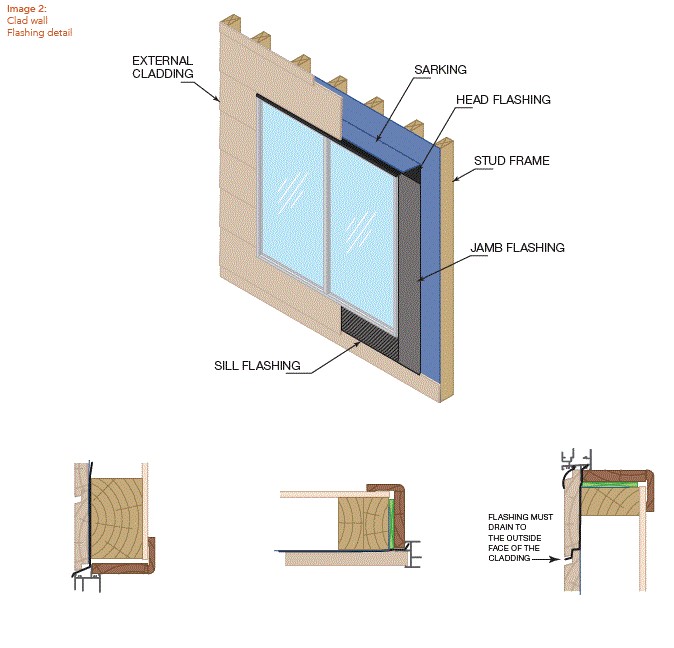



Anybody who has a leak happen in their place of residence understands the frustration that comes from trying to resolve this matter. Education is the key to understanding why water leaks into your house.
You1ve got a water leak!
Theres is not much you can do when it is raining but you do need to capture the evidence. Take a Video and also document the time and date and take a video of the amount of precipitation happening at the time.
Why is it leaking?
Windows don’t, although possible, all of a sudden start leaking. It is often a case of mistaken identity too when it comes to a water leak through your window in that we assume incorrect installation of the window or that the seals on the window have perished or given way. Before you load up on silicone and pump it into every cavity around your windows the next dry day take some time to identify how water is displaced when it enters your cavity space in your dwelling.


Water always follows the path of least resistance!
As you can see from our diagrams water ingress into the cavity space of a residence is NORMAL. Assuming this is all installed correctly the design, as shown above, allows for the disbursement of water away from the inside of your house via the use of flashings, footings, weep holes, and drainage points.
Water ingress can happen at any point in a building and significant downpours bring out a huge amount of inquiries about water leaks particularly with the recent events which are unusual. These events will only become more frequent as climate change has a greater impact on the severity of our weather patterns.
Remember the location of the leak is not a true indicator of where water is entering!
Water ingress can be in the form of condensation or precipitation. Water enters travels down the path of least resistance to the lowest point where it pools. In normal conditions, the water then flows away from the building due to the appropriate installation of flashings and weepholes, membranes and sarking ( see diagrams above). When there is an increased volume of water over a large surface area traveling down your cavity space i.e torrential downpours, and high winds forcing the water back in from the weep holds the buildings flashing systems and installed weepholes sometimes are unable to cope with the volume of water being forced back into the cavity so the water backs up or pools often presented in the form of an internal leak often at the window junction point or above the window. It can be in the form of a noticeable stream of water to just damp areas on your floors/ or walls
Remember Windows and your building are NOT a fish tank!
If you are in an apartment often this can happen on the ground floor for reasons above as it is the lowest point of the building however water ingress can happen on any level.
Generally, windows don’t just all of a sudden start leaking so if your windows have been there some time and there is an unusual rain event most likely the leak is due to this rather than any failure or poor installation/ manufacturer of products or the membranes or construction of the building (see below). There is simply too much water for the building to handle and water cannot flow away from the building and so presents an internal water leak. You may not get it again and no volume of silicone you pump into your window frames will caulk this up as the is no leak around them to manage. In this situation recognise the event for what it is. Prevention is the best so make sure the weep holes that allow any water that gets inside your frame to flow away are clear of debris like dirt and leaf litter. Make sure the openings in the sills are not blocked. Alternative you made need to upgrade your windows ( see below)
No, it’s definitely the windows that are leaking!
Okay so now you understand how water is dispersed in your wall cavity but you believe that there is still a leak in and around your window. Okay! so try and replicate a water rain pattern using your hose on the WINDOW ITSELF and see if it leaks.
If the window is still leaking then after this test it is most likely due to one of the following reasons:-
What can be done: Water will always find the path of least resistance.
Once these things are done it is simply a matter of waiting for the next similar weather pattern to see if the action taken has resolved the problem.
If they continue to leaking, we would recommend consideration be given to upgrading your current windows to a system developed for the weather conditions of today.
Windows are developed now for our current weather conditions – however, windows that are 10, 20, 30 + years old were made for the known weather conditions of the time. Despite what is said, the occurrence of stronger weather patterns is a reality and our older windows and doors were just not designed for the Q100/100 which is only meant to occur every 100 years.
It is very difficult to determine where the leak is coming from without an invasive look involving the removal of the window for a visual inspection. There are many other issues that can cause an internal leak such as waterproofing membrane failure or incorrect design/installation, Poor Building design e.g large exposed windows with no head protection exposed to the elements.
If you are experiencing a water leak Malone Glass are happy to advise and help . Call us on 0755249024.

Monday: 7:30 AM — 4:00 PM, Tuesday: 7:30 AM — 4:00 PM, Wednesday: 7:30 AM — 4:00 PM, Thursday: 7:30 AM — 4:00 PM, Friday: 7:30 AM — 3:00 PM, Saturday: Closed, Sunday: Closed
